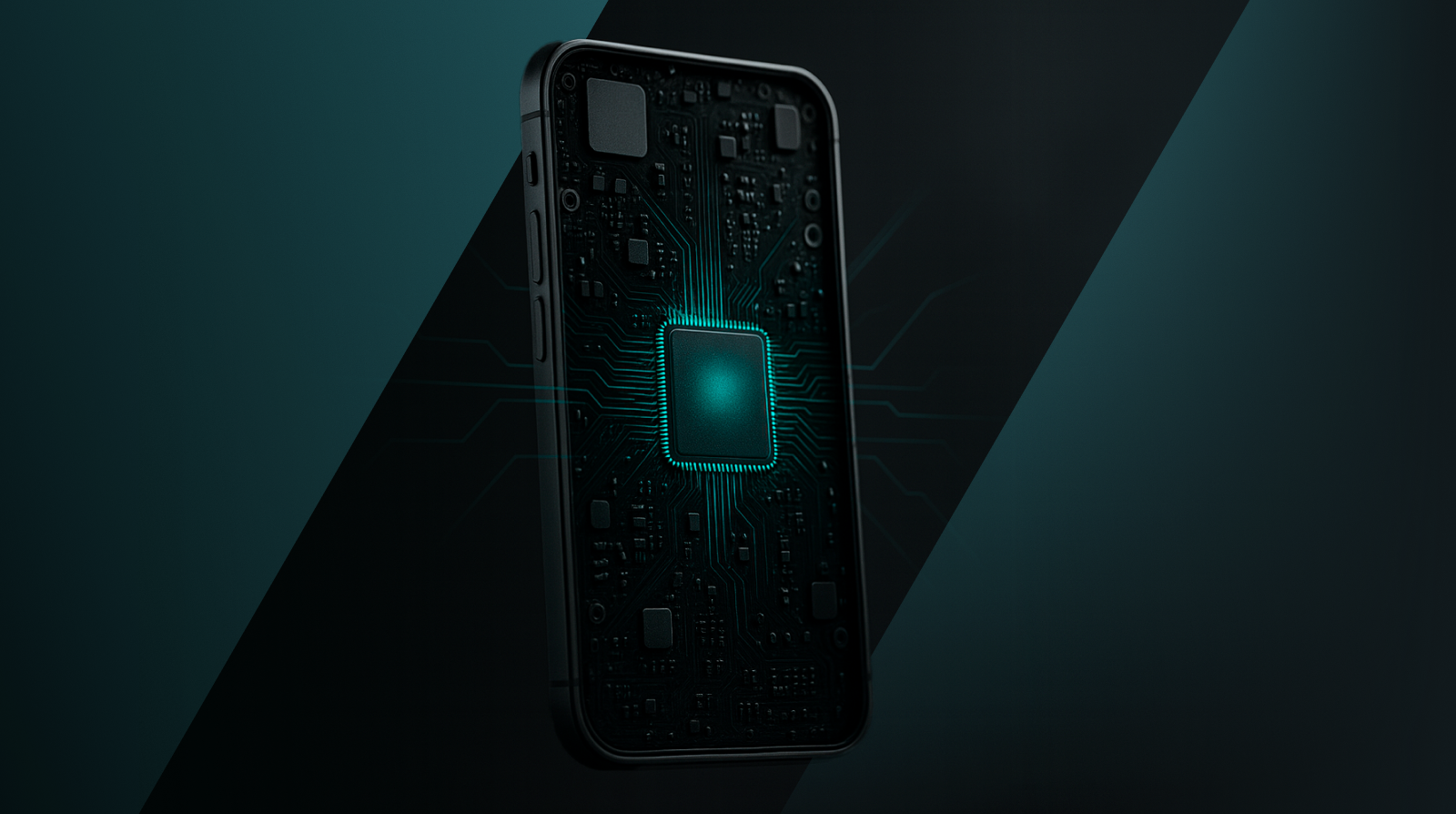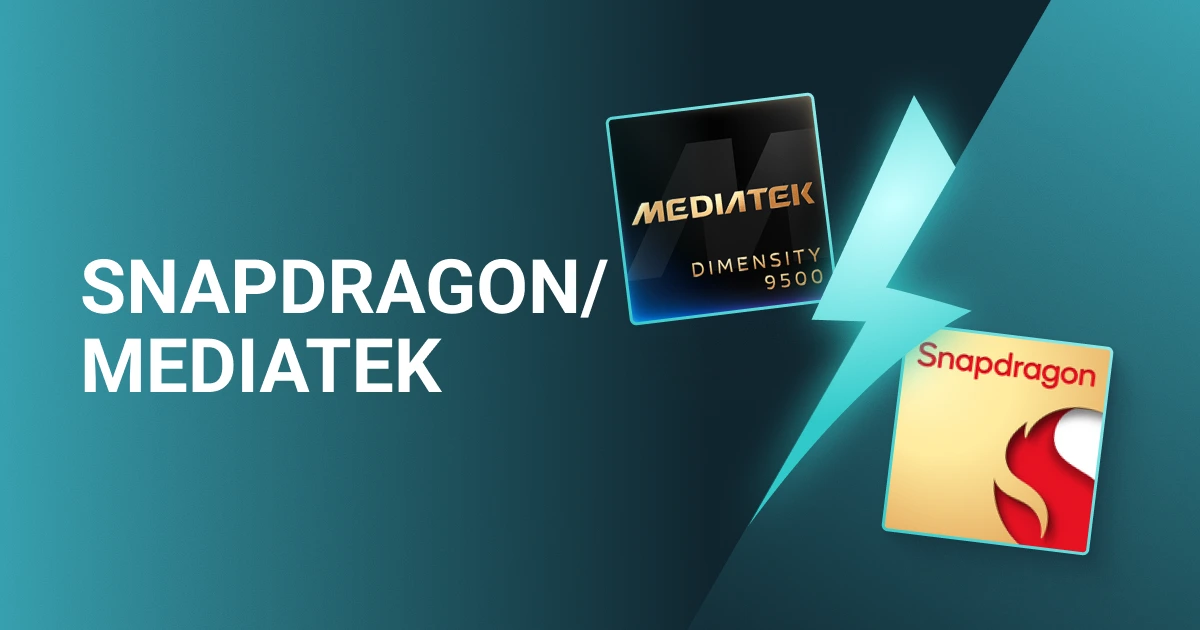Introduction
When buyers choose a smartphone, the processor—Snapdragon or MediaTek—often shapes their expectations more than any other specification. It defines not only performance but also connectivity, power efficiency, and long-term usability—all factors that directly influence resale potential.
Based on NSYS experience working with resellers worldwide, processor choice has a measurable impact on both device demand and pricing strategies in the secondary market.
Snapdragon: Stability, Ecosystem, and Long-Term Value
Snapdragon processors, developed by Qualcomm, are known for consistent optimization across hardware and software. Their architecture provides reliable performance for demanding apps, gaming, and 5G connectivity while maintaining energy efficiency.
Another key strength is ecosystem support. Qualcomm works closely with manufacturers and software developers, ensuring timely updates and compatibility with new Android versions. This stability often translates into longer device lifespans—an advantage that directly supports resale value.
For resellers, this means that Snapdragon-equipped phones typically remain relevant longer and appeal to users who care about consistent performance and verified reliability, not just premium branding.
MediaTek: Innovation, Integration, and Market Expansion
MediaTek has evolved from a volume-focused manufacturer to a major innovator in mobile chipsets. Its Dimensity series integrates advanced AI capabilities, efficient 5G modems, and strong multimedia performance. These chips power a wide range of devices—from accessible mid-tier models to flagship releases by brands such as Xiaomi, OPPO, and Samsung.
According to Omdia, shipments of 5G smartphones using MediaTek chipsets rose by more than 50% year-on-year in early 2024, boosting the company’s 5G market share to nearly 30%. This growth reflects MediaTek’s ability to balance high performance with manufacturing efficiency, allowing brands to deliver advanced technology at competitive price points.(Omdia, 2024).
Counterpoint data confirms that MediaTek now holds roughly 26–36% of global smartphone SoC shipments, particularly in mid-range 5G phones, while Snapdragon remains dominant in premium segments (Counterpoint, 2025). This shows that MediaTek devices are becoming increasingly common in the secondary market, appealing to cost-conscious buyers.
For the secondary market, that means a growing supply of well-performing, affordable 5G devices that appeal to practical buyers focused on features and connectivity rather than processor branding.

Functional Insights for Resellers
Snapdragon and MediaTek are not simply “premium vs. budget” options—they are optimized for different usage patterns.
-
Snapdragon chips generally excel in sustained performance, GPU capabilities, and software support.
-
MediaTek offers efficient multitasking, integrated 5G modems, and cost-effective performance for mass-market devices.
Resellers should assess not only the processor’s name but also its generation and model. For example, Snapdragon 7 Gen 3 and Dimensity 8300 compete directly in mid-range segments, showing how the lines between categories are blurring.
Devices with verified diagnostics, transparent battery data, and performance test results—regardless of chipset—consistently achieve higher resale trust and faster turnover.
Strategic Approach
For resellers, success lies in recognizing how each processor type fits customer expectations and market trends.
-
Snapdragon devices tend to maintain steady demand in the higher resale tiers due to ecosystem reliability.
-
MediaTek devices move faster in volume, especially as 5G penetration grows in emerging markets.
Aligning procurement and pricing strategies with these dynamics allows resellers to diversify stock, reach different customer segments, and improve overall profitability.
Conclusion
The processor inside a smartphone shapes not only performance but also its lifecycle and resale dynamics. Snapdragon continues to lead in sustained performance and long-term stability, while MediaTek’s rapid innovation and market reach are reshaping mid-range expectations.
NSYS experience shows that understanding these distinctions helps resellers plan inventory more effectively, highlight verified device quality, and meet evolving buyer priorities across both premium and mass-market categories.








